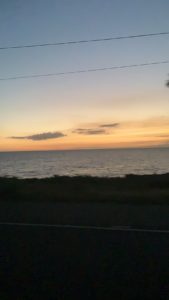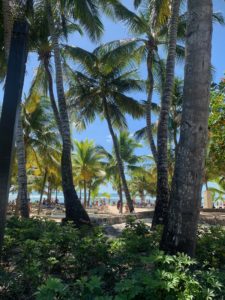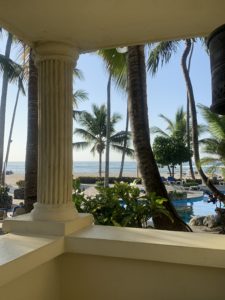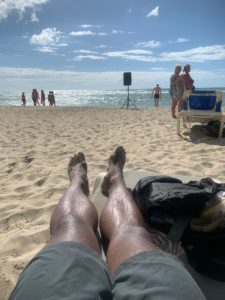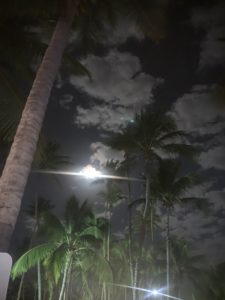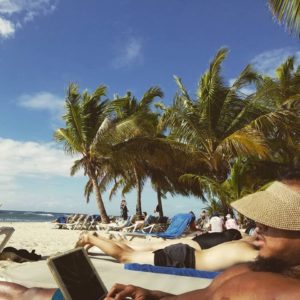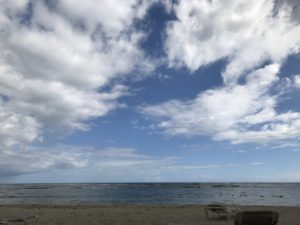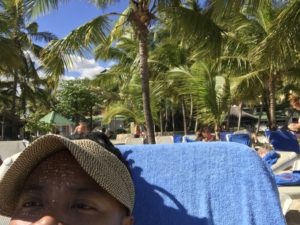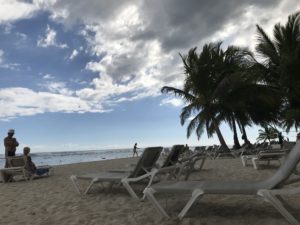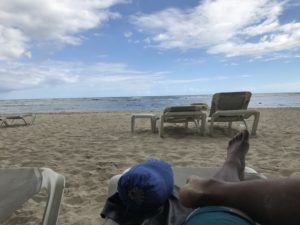Hello all:
It’s just after noon, and I am looking at the comments posted so far on our Commons site. I am so pleased that you all found Victoria’s project as provocative and evocative as I did and I look forward to you all discussing her work and your work tomorrow.
A few reflections. Lamar has spent a considerable amount of time collecting visual freedom dreams from his students in order to value, acknowledge, document and celebrate them. But now, Lamar, I sense that, partially inspired by Victoria, you are really beginning to embodying the artist’s place in your project. You are welcoming the messiness and unboundedness of all you are receiving from your students and finding away, through all sorts of artistic leaps, to reveal it, play with it, accept it and push it without knowing where it’s going. The questions you are asking – about silence and voice (which need each other to exist), the permeable and possibly non-existent frontiers between school and not school, between the multiple bodies, voices feelings or your students – takes you to a place beyond establishing findings and into an adventure based on interrogating experience and understanding in non-prescriptive and traditional ways. What happens when voices and experiences meet and how can you facilitate that experiment? What role can artistic play and exploration (placing the dreams in a tub of water) have in transforming our ideas about freedom? What happens when dreams of freedom collide and merge or not? How ill you involve your students in these adventures? I am very excited by these developments.
Luis’s comments about how the artist-role can give the researcher a gaze that is not experienced as judgmental is of great importance. Of course Victoria also spent a great deal of time being with the teachers whose care work she evoked, and so , trust was generated by the sense of community and common mission that they built together. Still, Victoria’s goal from the beginning was not to evaluate but to share in solidarity the daily care experience of teachers. Like Lamar, Luis emphasizes the vastness of experience and its “messiness,” and thus the impossibility to capture even any “infinitesimal moment” in its fullness. Your comment, Luis, reminded me of Cezanne who, tried as he did, could not capture the fullness of reality but tried, at least, to capture its nature, the constant motion and the infinite points from which it could be experienced. According to his wife, Cezanne tried “to forget everything he had ever learned from science and second, through these sciences, to recapture the structure of the landscape as an emerging organism [my italics]. To do this, all the partial views one catches sight of must be welded together” (Merleau‐Ponty Aesthetic Reader, 1993, p. 67).
What does it mean to have an epistemology of care? And what does it mean to “honor” the experience of those we research with in terms of how we go about conducting the research and then presenting and re-presenting it? I think Luis does us a great service by highlighting these questions.
Dahlia’s comments reminded me of the essay we read by Pink and the indivisibility of experience even though, as she points, out, we necessarily analyze experience through modes and categories when we speak though doing so distorts and is insufficient. This is the problem with applying words to experience. Collage, as Victoria, Dahlia and Lamar write theoretically honors the messiness (and rejects the “seamlessness) of life and research, it breaks with rigid borders and conclusive “results.” Other researchers have also made this point (Garoian comes to mind) but sometimes I feel this true more in theory than in the artifact itself. Some of this may have to do with the polish of many finished collages, or the fact that it is exhibited as art and as a commodity. I wonder about the relationship that presentation has to power of collage to disrupt seamlessness and evoke complexity and contradiction. For the maker of the collages, who may make for the purposes of self-care and as a way to rethink and make sense of one’s own experience, the power of collage is probably quite different. Also, I am thinking a great deal lately about the differences of making digital collages (as I have done) and the tactile hands-on materiality of non-digital collage making.
I do not know if I will be able to get back on to our Commons site before class tomorrow, but I hope those who have not yet posted will do so. I am very much looking forward to Victoria getting to know you and visa-versa.
Until tomorrow.
Gene







